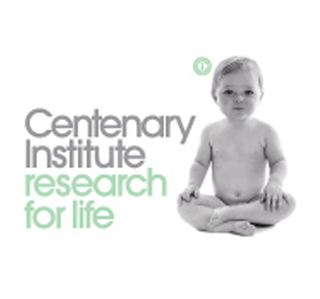
A stretchy surface was seemingly employed for allowing the cells to grow on it. Scientists were probably able to develop triple the number of stem cells than present day methods. While conducting the research, experts combined routinely-used cell hormones to a new elastic-like substance known as tropoelastin. This substance was coated to the plates on which cells were grown. It was noted that tropoelastin alone apparently develops stem cells as many as that generated by the current hormone-based methods. A combination of routinely-used cell hormones and tropoelastin coated plates supposedly created two or three times the number of stem cells than using standard methods.
Professor John Rasko from the Centenary Institute Head of Gene and Stem Cell Therapy and lead investigator, alleged, “Haemopoietic stem cells (HSCs) or blood-forming stem cells play a critical role in creating the blood cells in our body. In order to expand the number of these cells, researchers have attempted to reproduce the unique environment where stem cells live inside the body. In the past we have learnt how to use hormones and drugs to influence these niche environments but less is known about the effect of physical forces. Our research has, for the first time, successfully demonstrated that physical forces created by elasticity play a key role in blood-forming cell growth and may mimic the environment of stem cells inside our body. What we’ve discovered is that blood-forming stem cells like it to be super stretchy because, like a cat on a sofa, they like to pull on their environment.â€
The number of stem cells can supposedly be elevated by growing them outside the body, so less bone marrow or cord blood will be utilized. Blood from just one umbilical cord may now aid in increasing number of stem cells to a viable level outside the body before transplanting them into patients. The findings may significantly benefit in treating diseases, damaged or faulty stem cells caused by several conditions or treatments including leukaemia and chemotherapy.
The research is published in the leading biotechnology journal Nature Biotechnology
